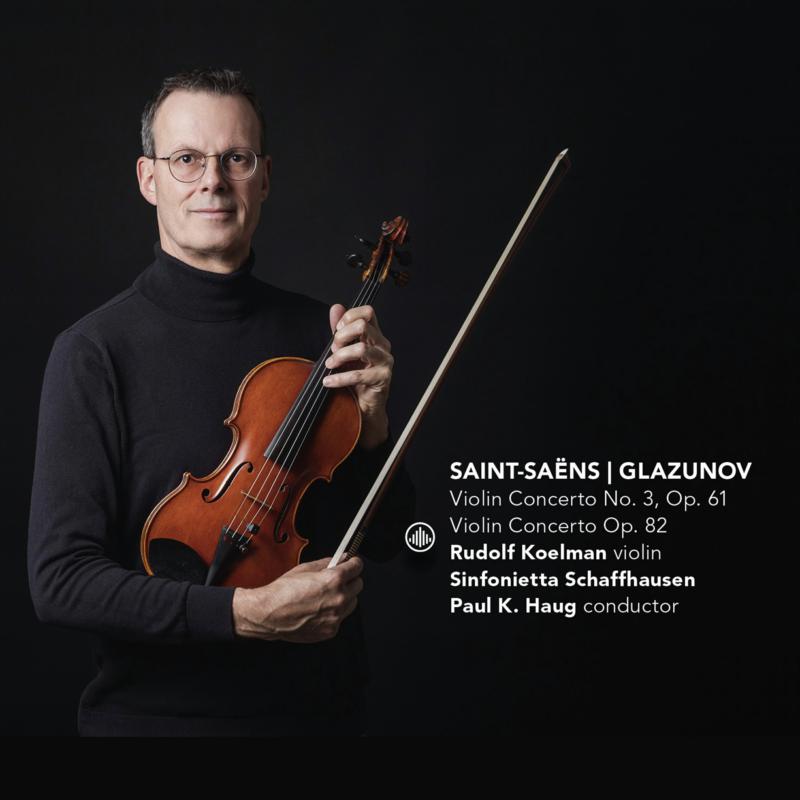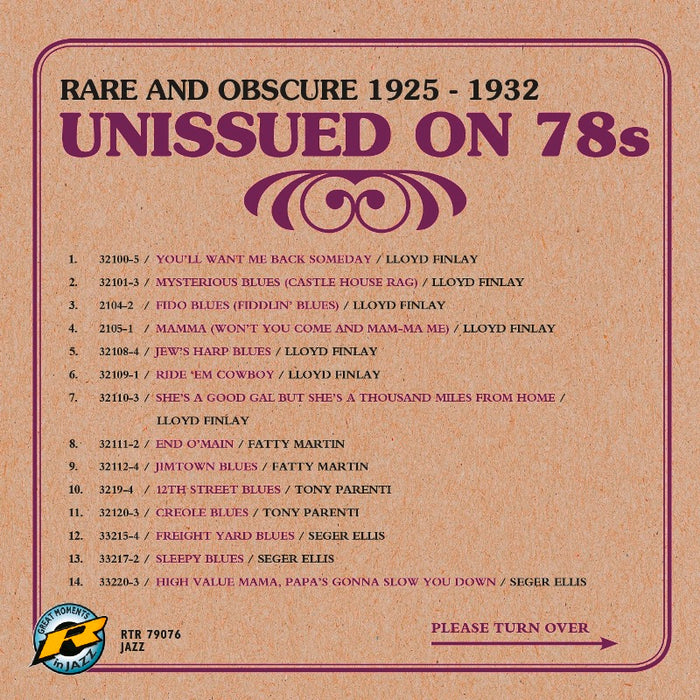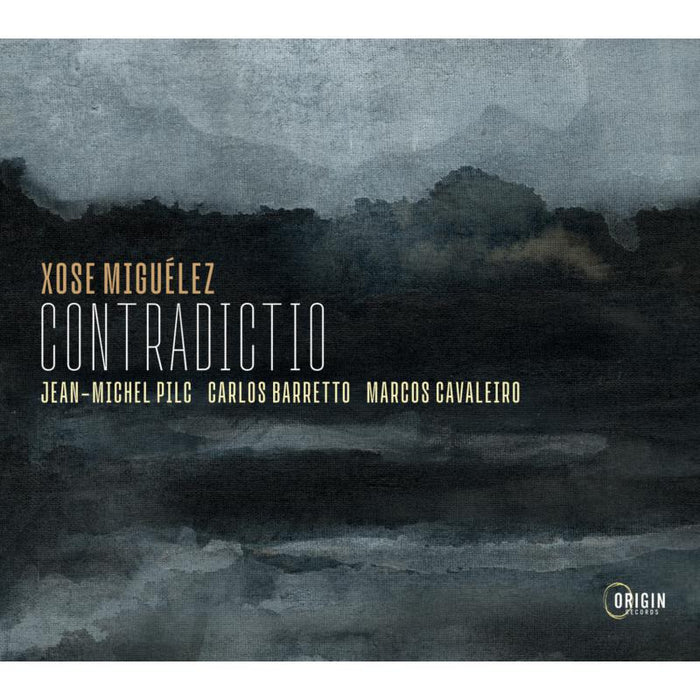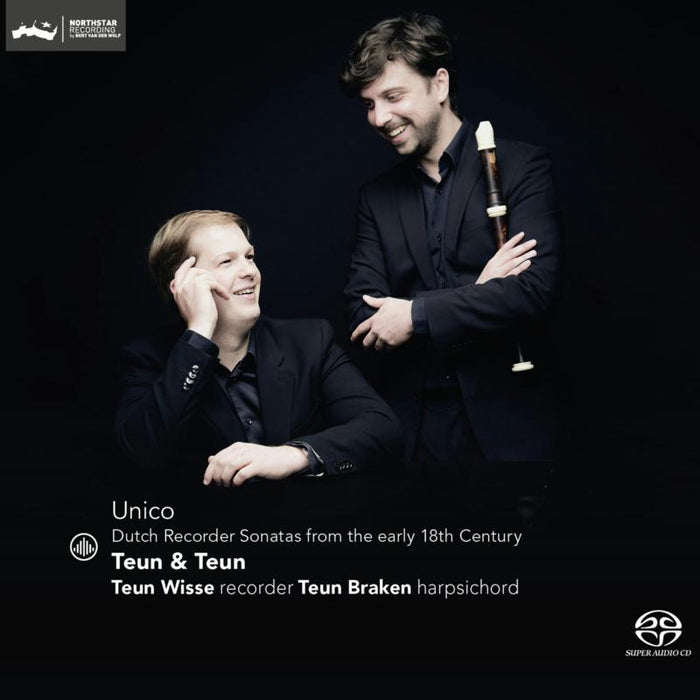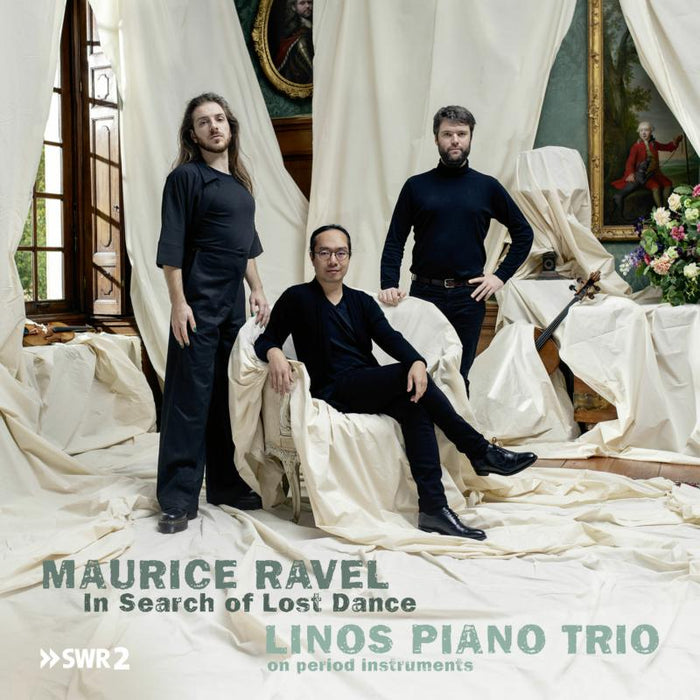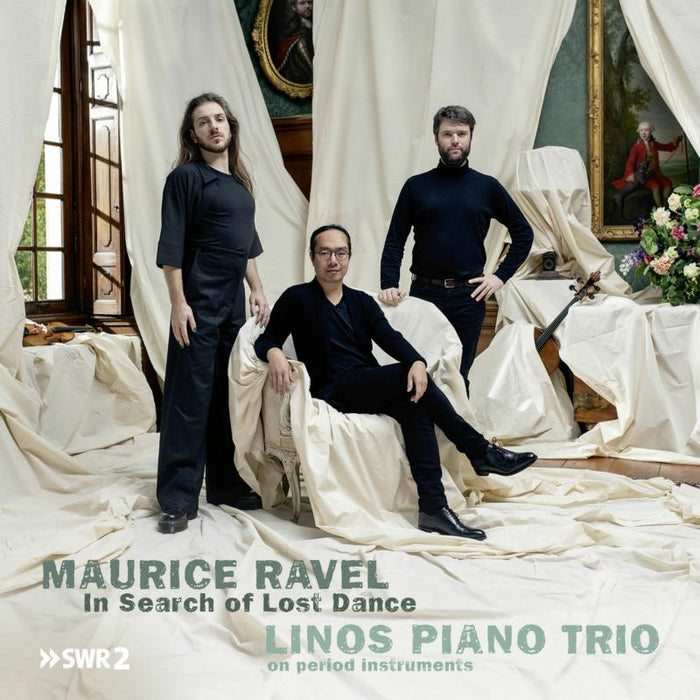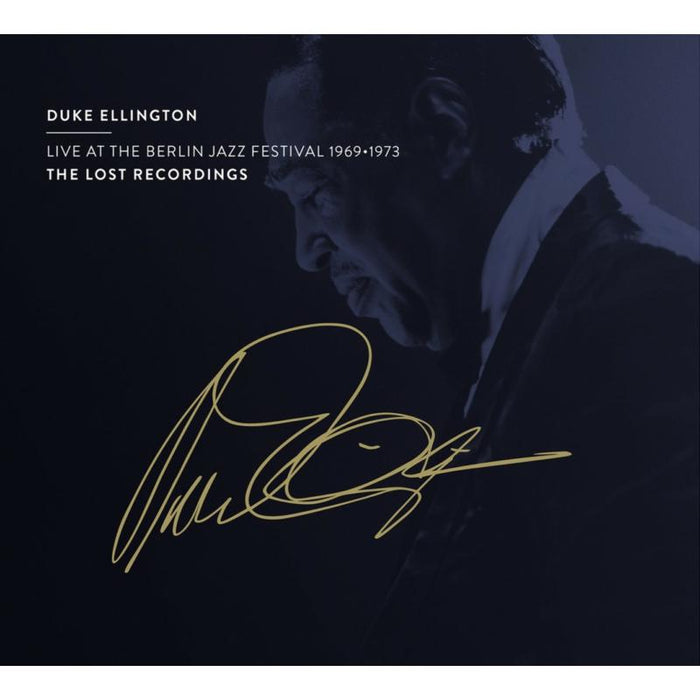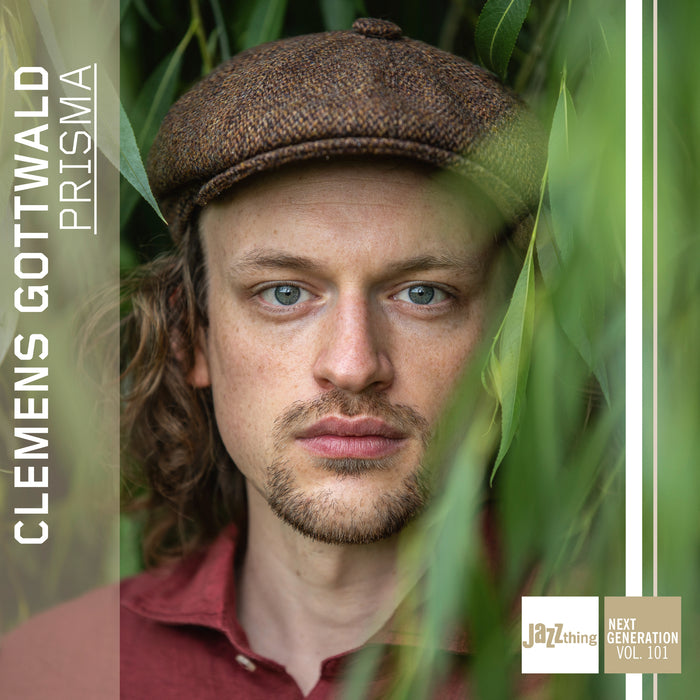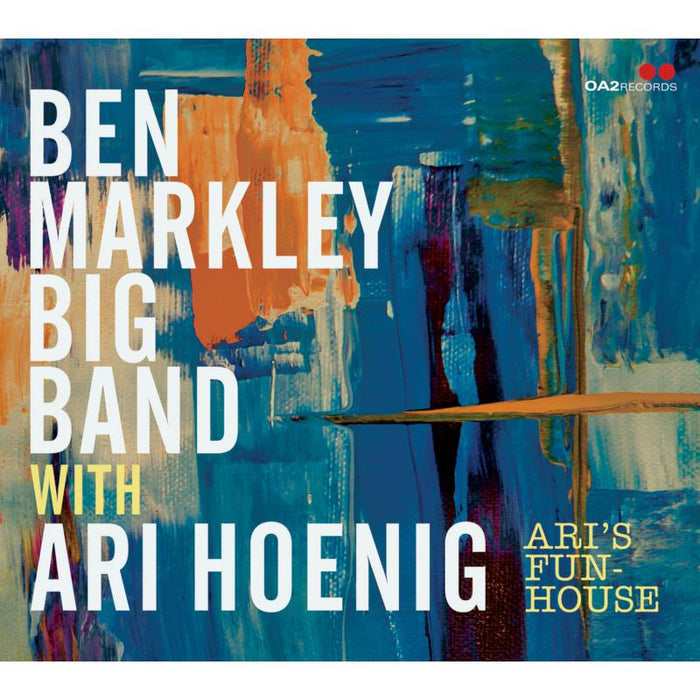Description
Challenge Classics violinist Rudolf Koelman pays a tribute to his teacher Jascha Heifetz.
These two splendid violin concertos breathe the air of Late Romanticism. Well orchestrated and skillfully written for the soloist, they have retained their footholds in the repertoire, even though their respective composers have gone out of fashion. Camille Saint-Saens' Third Violin Concerto in B minor had the absolute certainty and conviction of a masterpiece. Saint-Saens wrote it early in 1880 for the popular Spanish virtuoso Pablo de Sarasate.
Although Alexander Glazunov (1865-1936) was a pupil and lifelong friend of Nikolai Rimsky-Korsakov, he can be seen as heir to Tchaikovsky's Romantic, heart-on-sleeve approach to composition.
The A minor Violin Concerto of 1904 is perhaps Glazunov's most striking work, in fact the sole criticism one might make is that it takes only 20 minutes to play, which means it fits awkwardly into today's stereotyped classical concert programmes. Like the Saint-Saens B minor, it was written for a great fiddler, in this case the Hungarian Leopold Auer who was the leading player on the Russian scene.
Rudolf Koelman's teacher Jascha Heifetz learnt the Concerto directly from Auer. At the St Petersburg Conservatory on 18 January 1914 Heifetz and Glazunov got together to present the Concerto; and the story goes that the almost-13-year-old's fee was a bicycle. Heifetz told Rudolf Koelman that he would have liked to record the Saint-Saens B minor as well, but somehow it did not happen.
"Koelman, as an extremely accomplished violinist, presents gripping performances for both works. He is assiduous in showing the musical sides of both concertos and not just handing out his calling card in superficial glamour." – Pizzicato
"Koelman's sound is an irresistible mixture of warmth and invulnerability, with echoes of Heifetz's energetic tempi and first finger vibrato." – Volkskrant
"There is no doubting the pedigree of Rudolf Koelman's latest album." – BBC Music Magazine
"[Koelman] is clearly, like his teacher, a virtuoso of the highest order. He does not merely negotiate, but triumphs effortlessly over the many technical difficulties presented by both works; his intonation is wholly flawless, and his vibrato expressive and sagely controlled." – MusicWeb International

